The revival of Chatsworth's great wooded bank: 'A mountainous place of woods, springs and birdsong'
It has taken three years and more than a quarter of a million plants to bring brilliant new life to the great wooded bank at Chatsworth in Derbyshire, finds Steven Desmond. Photographs by Clive Nichols.
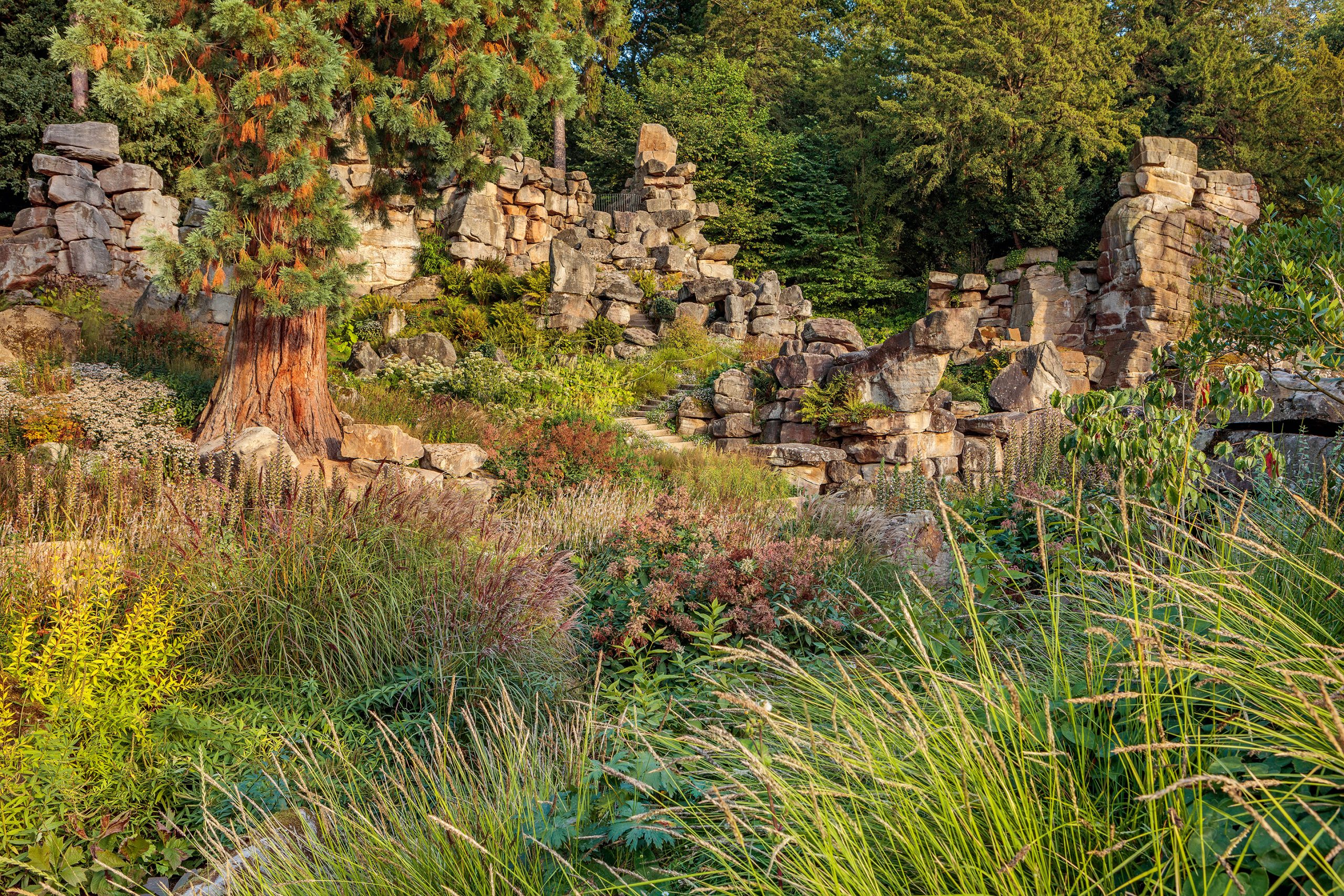
It was Daniel Defoe who described Chatsworth as ‘a perfect beauty’ amid ‘a howling wilderness’. It is a clever contrast and neatly sums up the long descent from the heather moorland of the Dark Peak into the sheltered green valley by the house with its famous gardens.
Defoe, writing in 1724, saw the full extent of London and Wise’s garden layout of the 1690s, of which the cascade and other elements remain. Capability Brown gave us the lovely sloping lawn, really a piece of close-mown moor, then along came Joseph Paxton in the 19th century with his gigantic rockworks.
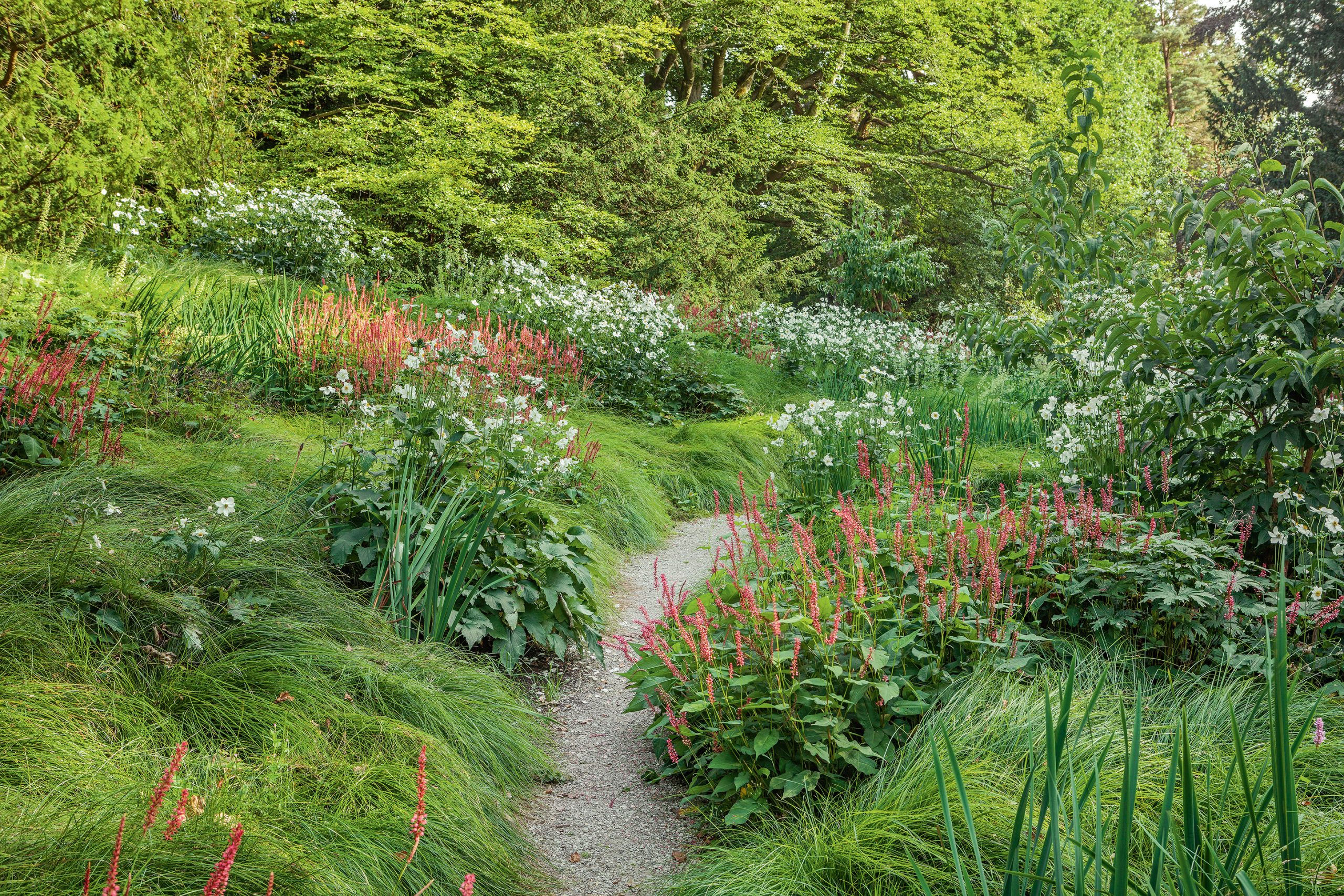
All these diverse features and many more are brought into harmony by the views into the great green park, rising to the horizon. Everything is on a monster scale, a daunting prospect for anyone charged with its maintenance, never mind making something new.
Yet change is once more afoot. There has been an overhaul of the planting around that Rock Garden, and the site of the former Great Conservatory, now the maze, has been richly upgraded. It was perhaps only a matter of time before someone turned their gaze up the hill to the Hundred Steps that lead the dauntless into a great looming bank of trees and shrubs threaded by woodland walks.
For a while, there was no particular reason to enter these groves, a walk around the garden being in itself an excursion on an epic scale, but something dramatic has happened that makes a venture up that staircase a compelling objective in its own right.
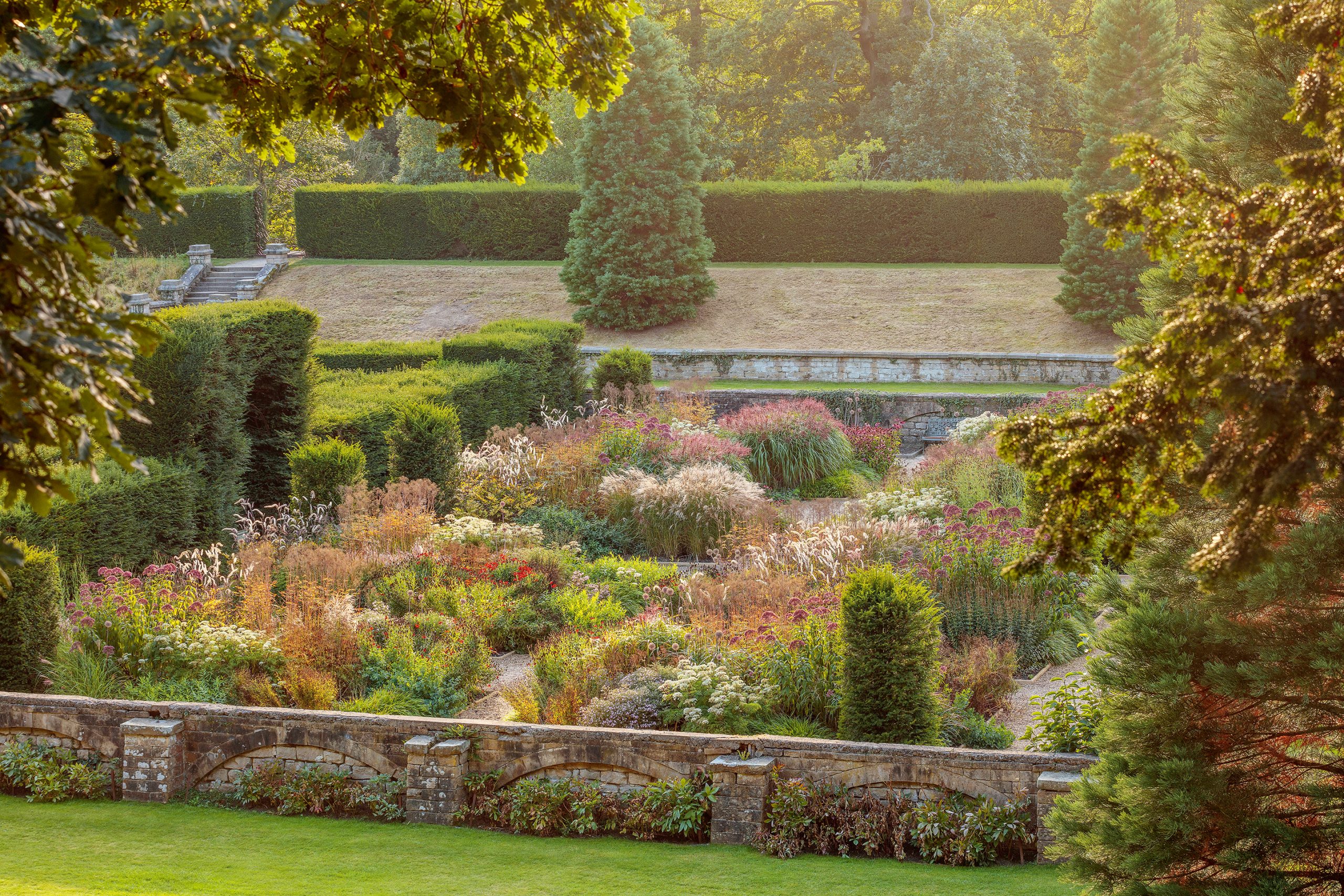
It leads to Arcadia. That word has been used in all sorts of unsuitable ways in modern times, but the intention here is to bring it back to its origins. Arcadia should be a mountainous place of woods, springs and birdsong, where the presiding spirit in the dappled shade is Pan.
The wooded bank had not received much attention from owners and planters since Paxton’s considerable heyday. The present Duke and Duchess of Devonshire, however, having presided over an overhaul of the house and pushed this impetus outside, decided it was time Cinderella came to the ball.
Sign up for the Country Life Newsletter
Exquisite houses, the beauty of Nature, and how to get the most from your life, straight to your inbox.
For such a project, a designer with experience of bringing new life to old places is called for. Enter Tom Stuart-Smith, who must be a contender for Paxton’s old title of the busiest man in England. Was he not intimidated by the sight of everything around him?
‘Well yes, I was, and I am. Of course it’s wonderful to be involved, but I was nervous about working on a classic site,’ he says, adding that the idea is to add to the existing framework ‘a new layer of interest and subtlety’.
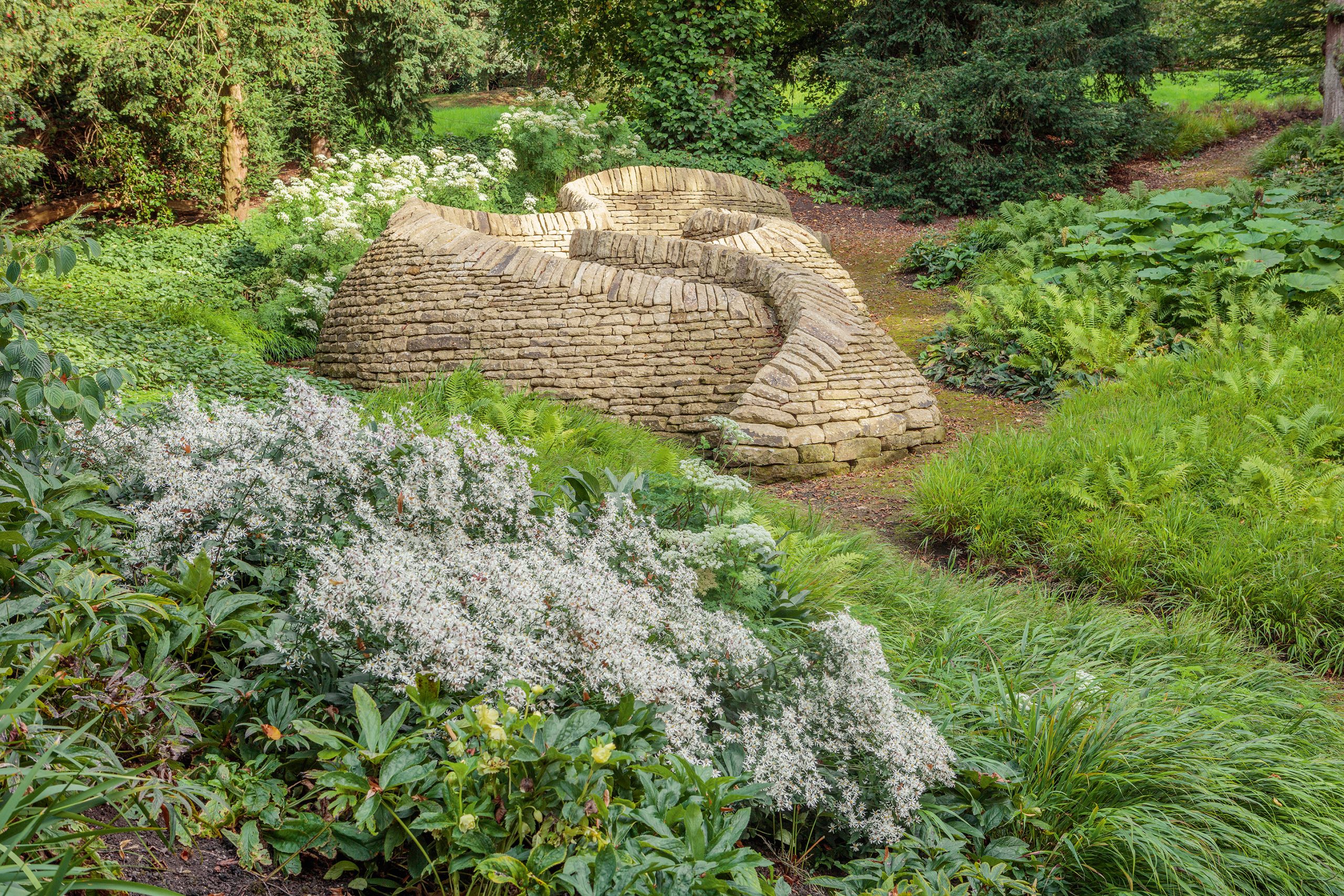
The surviving planting is an extended grove of mixed oak, beech, yew, lime and sycamore, descended from many generations, but generally of 19th-century origin. Into this framework, Mr Stuart-Smith has worked a kind of modern woodland garden.
The scale is large, but woodland gardens always feel better when you can’t think where the end is, and everyone who creates one dreams of exactly the sort of tree cover that was here to start with: plentiful, sheltering and lightly shady, but not too dark or crowded. A very good start.
The new plantings involve ground-cover herbaceous planting on a vast scale: a quarter of a million plants over some 15 acres. At first glance, the whole thing seems impossible.
What kind of nursery could supply such volumes? The voice at the end of the phone would be speechless. The answer to this impossible dream lies in thoughtful and realistic planning. The planting took place over three years and all the herbaceous plants were either grown to order a year in advance or sown directly on to the site.
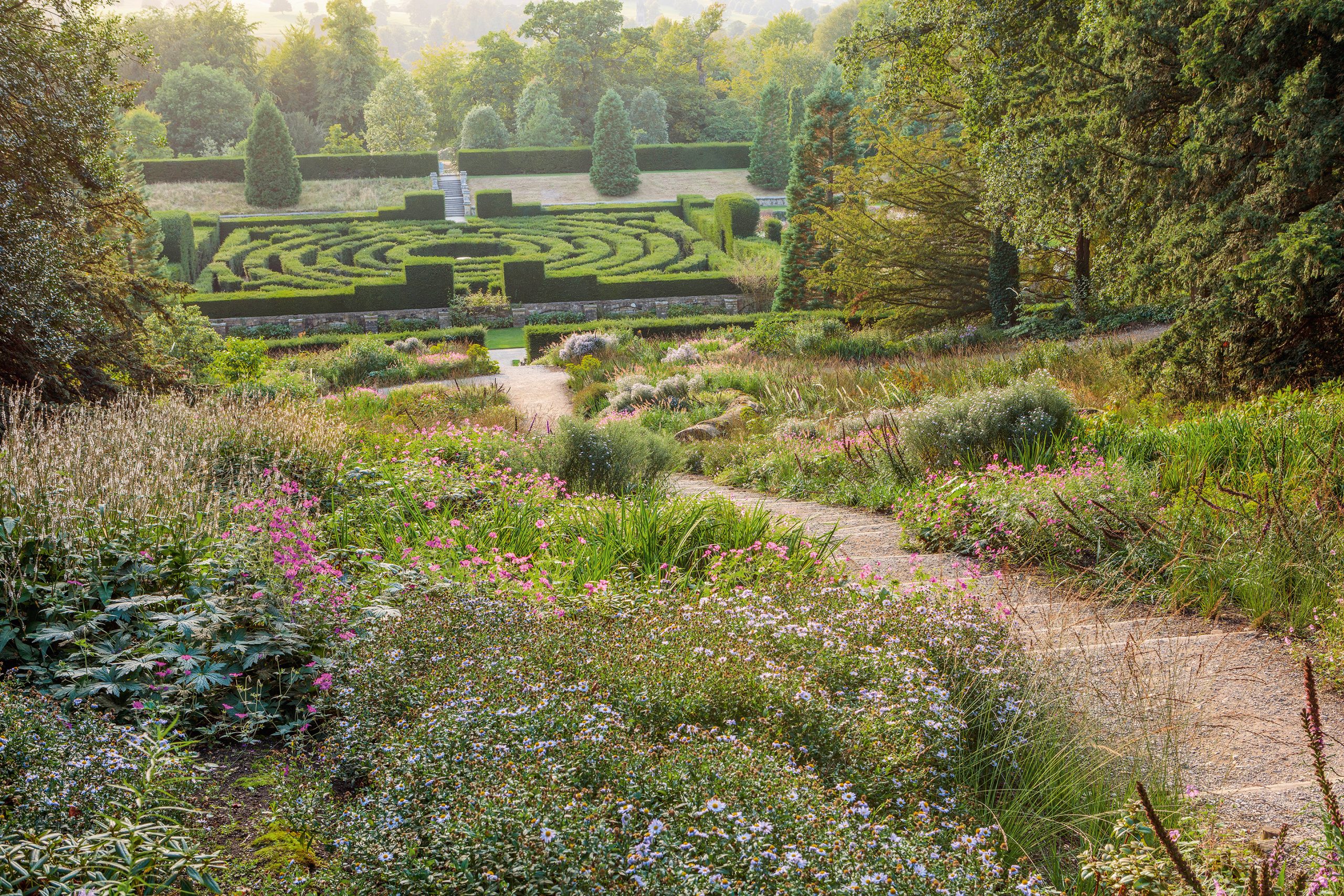
The various plant groupings are broadly subdivided into glades, a pleasant word with a Robin Hoodish quality. Among the key trees and shrubs is Magnolia wilsonii, one of those lovely medium-sized magnolias that suspend their downward-facing flowers like lanterns. Its name remembers ‘Chinese’ Wilson, one of the great Edwardian plant hunters, a young enthusiast astonishingly prolific in the outstanding garden plants he brought us from western China.
Another of his treasures, here, is the memorably lovely Davidia involucrata, the handkerchief tree, planted not as a specimen, but in a little grove of its own. We shall see how it does here: it prefers a climate of hot summers and cold winters and is, accordingly, spectacular in the botanic garden of Berlin in Germany.
In the middle of that grove of Davidia is an unexpected bonus: a dry-stone sculpture designed by Laura Ellen Bacon and built with meticulous craftsmanship by local wallers. The sculptor is known for her vast, nest-like structures of bent and twisted wood, but this material belongs on this bank. Natural Course appears to flow down the slope, and struck me as a play on the Cavendish serpent.
The damp glade surrounding this centrepiece overflows with herbaceous perennials that thrive in these conditions, including stock favourites such as gunnera and rodgersia, as well as more recherché choices, including Primula secundiflora, the powdery crimson flowers of which hang modestly to one side, and Osmunda regalis, the native royal fern, rare in the wild, but ideally suited to this spot.
Lining the woodland walks, meandering along the contours of the bank, are spring favourites, such as Trillium grandiflorum, which we hope may enjoy Derbyshire as much as its native Oregon, US, and the mat-forming Cornus canadensis.
Much of the pleasure here in future years will surely come from the sight of these planted on a grand scale and gradually spreading into the spaces each loves best. We can look forward to walking under the giant trumpets of Cardiocrinum giganteum, the bulb of which alone is something from the Wunderkammer of plant growth, and admiring the minor pleasures, such as the pale-blue, smoke-like blooms of Corydalis flexuosa around our feet.
Here and there are more radical planting essays. In one glade, the brainchild of the Sheffield meadow-master James Hitchmough, the meadow buttercup Ranunculus acris, a familiar three-footer, is planted en masse on a shady slope. I like buttercups as much as anyone and am instinctively drawn to any farmer’s field of them, but is this really a spe- cies for a woodland glade? Time will tell.
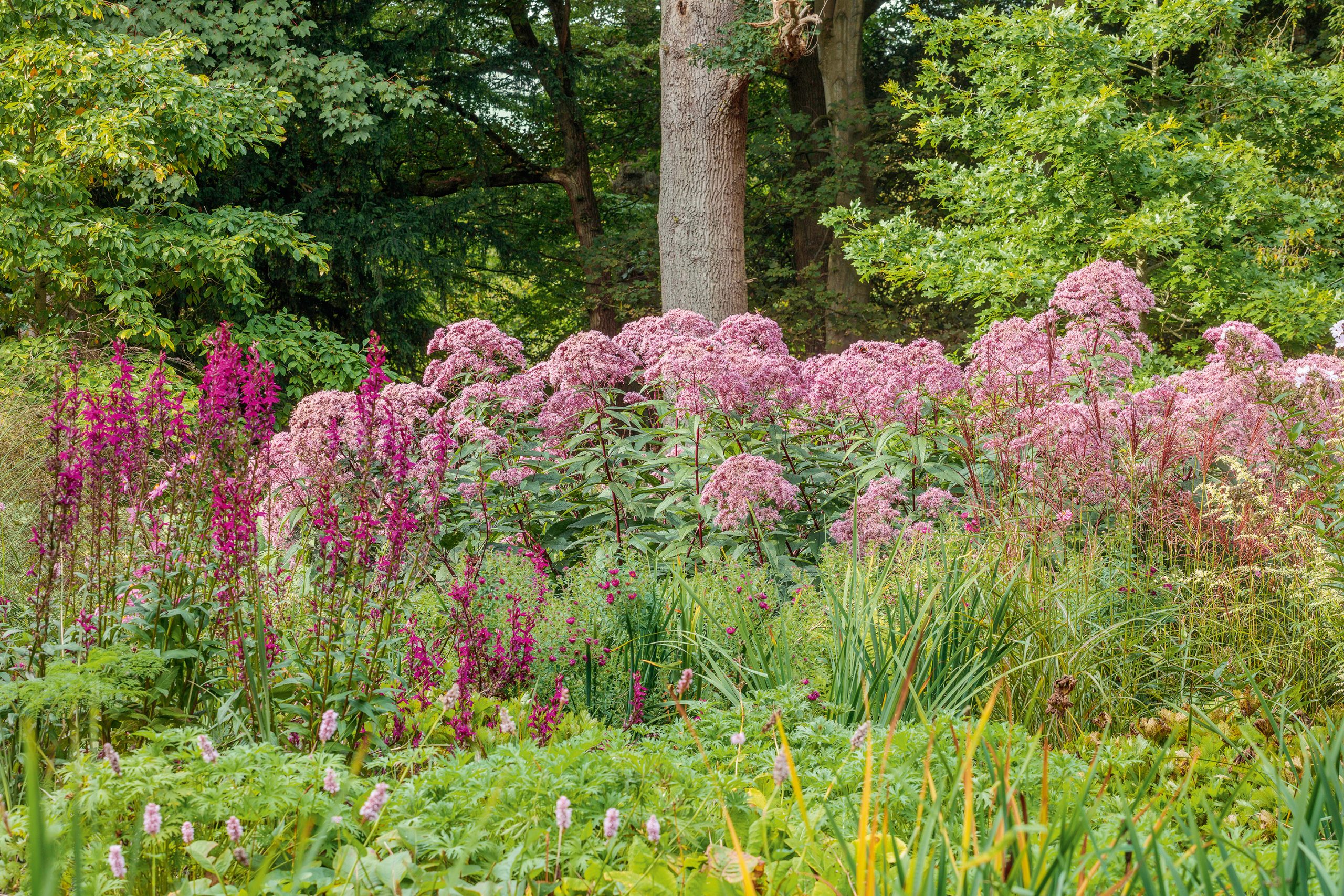
Most of the floral action in a woodland garden takes place in spring, before the canopy closes overhead, bringing things to a close. A decision has been taken to keep the show going, so that, in summer, we have the powder-blues of Iris sibirica and Baptisia australis, the thinking man’s lupin, and, for autumn, sheets of sanguisorba, the Michaelmas daisy ‘September Ruby’ then, loveliest of all, the Japanese anemone ‘Honorine Jobert’, a long server that still outshines her rivals.
Many of the trees and shrubs complement their spring displays with equally memorable autumn colour. If you happen to be here in the frosts of winter, look forward to the distinctive scent of Daphne ‘Jacqueline Postill’ drifting through the wood. I would never want to leave.
Chatsworth House and Gardens, Bakewell, Derbyshire, is open to the public
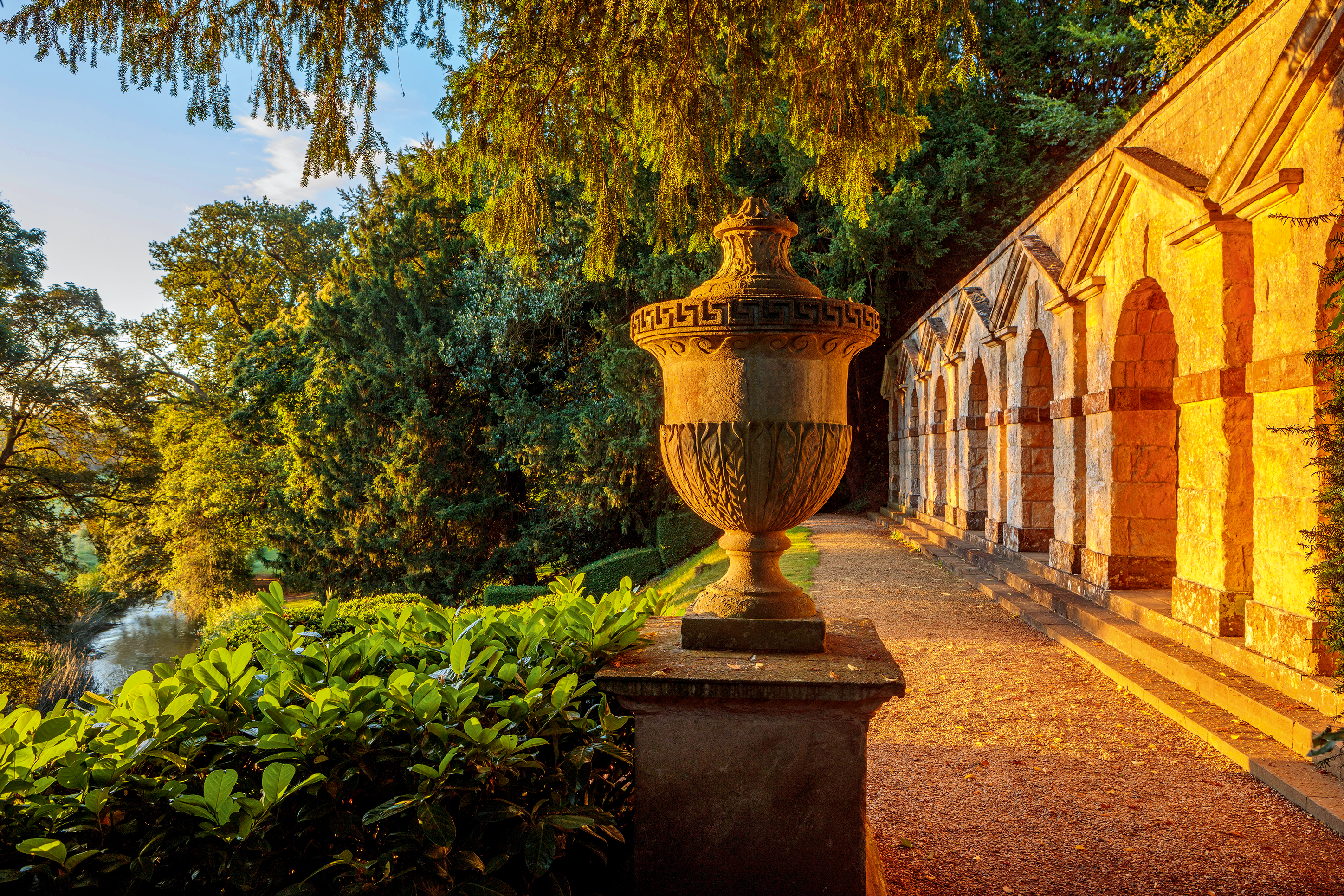
Rousham, Oxfordshire: A garden that 'may be the most atmospheric, the most beautiful and the most intellectual in the country'
Timothy Mowl celebrates what may be the most atmospheric, the most beautiful and the most intellectual garden in the country,

